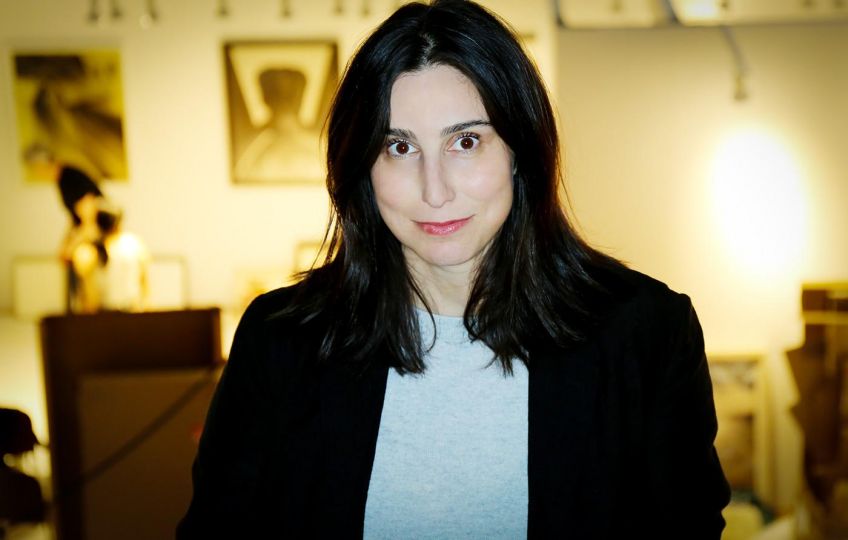Philippe Halsman, The Big Leap
These are photographs with a kick. Along with André Kertesz, Man Ray and Hans Bellmer, Philippe Halsman’s images of famous, euphoric men and women leaping through the air helped photography itself make the giant leap between reality and imagination, between documentation and visual experimentation, with a tendency towards a joyful and eccentric surrealism.
“Photography is a separate form of expression since it falls between two art forms,” said Halsman. “It’s not only trying to give us a visual impression of reality, like painting and graphic arts, but also to communicate and inform us the way writing does. No writer should be blamed for writing about subjects that exist only in his imagination. And no photographer should be blamed when, instead of capturing reality, he tries to show things that he has only seen in his imagination.”
The American photographer, (born in 1906 in Riga, Latvia, died in New York in 1979), is back in the public eye thank to the Musée de l’Elysée in Lausanne. The exhibition Philippe Halsman, Etonnez-moi! (Philippe Halsman, Surprise Me!) reveals the breadth of his work. He holds the record for most Life magazine covers—101—and photographed a little bit of everything: animals, Paris, the homeless, underwater, nudes, advertising, fashion and, above all, celebrities portraits, from Ali, Einstein, Churchill, Hepburn, Warhol, Hitchcock and, of course, Marilyn Monroe. In addition to these famous portraits, the museum will exhibit essays, maquettes, collages and publications by this creator who never stopped experimenting with the image. We see to what extent each element mattered, and the amount of precision required to produce the apparent madness of his photographs.
The portraits of Marilyn Monroe are given pride of place at the exhibition. Halsman met Monroe for the first time in the fall of 1949 while on assignment for LIFE in Hollywood, where he was doing a report on eight young models pursuing film careers. He was quick to notice her innate connection to the camera. “Of the group of starlets only Marilyn emerged,” he said. “Still photographers discovered her natural talent for flirting with the camera lens, and her blond looks of instant availability made her America’s most popular pin-up girl. Marilyn felt that the lens was not just a glass eye, but the symbol of the eyes of millions of men. She knew how to woo this lens better than any actress I ever photographed.”
Salvador Dali was a close friend of Halsman. As Marc Aufraise explains in the exhibition catalogue, they both shared a childhood and education in Europe in the early 20th century, both were forged in the same social and cultural crucible, both loved Paris and reading and were drawn to psychoanalysis, both paid close attention to symbolism, both fled the war and left for the United States in 1940, and both had a scathingly ironic, schoolboy sense of humor.
The many photographs in the Halsman archive show his keen understanding of the possibilities offered by 20th century photography. The exhibition revisits them all: his fantasies, his humor and his lively imagination.
Read the full article on the French version of L’Oeil.
EXPOSITION
Philippe Halsman, Etonnez-moi !
Through May 11, 2014
Musée de l’Elysée
18 Avenue de l’Elysée
1006 Lausanne
Switzerland
+41 21 316 99 11
















